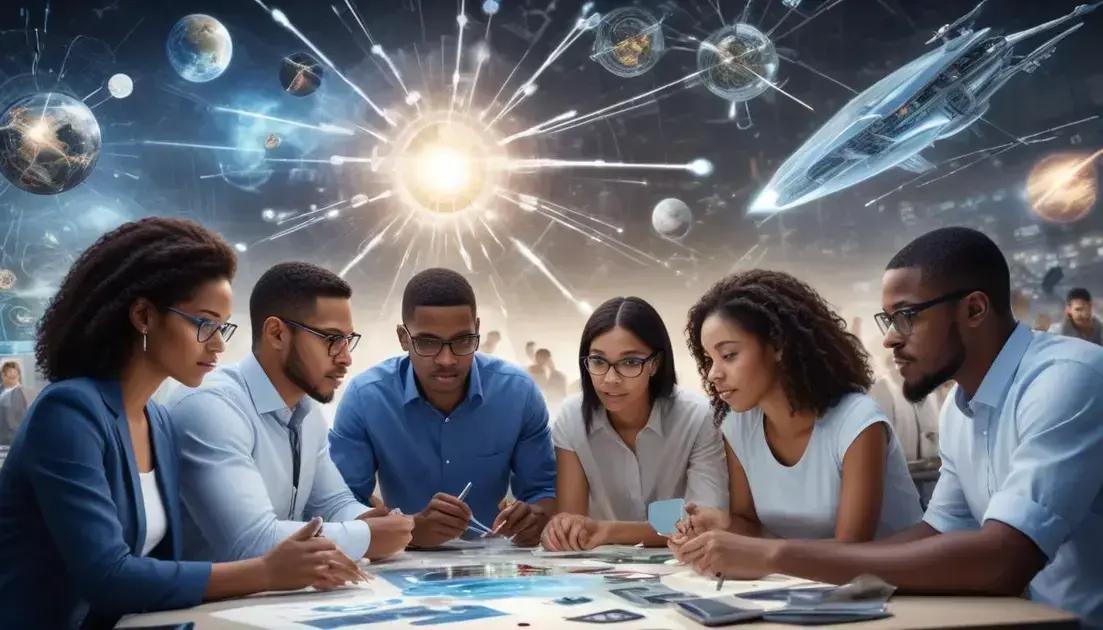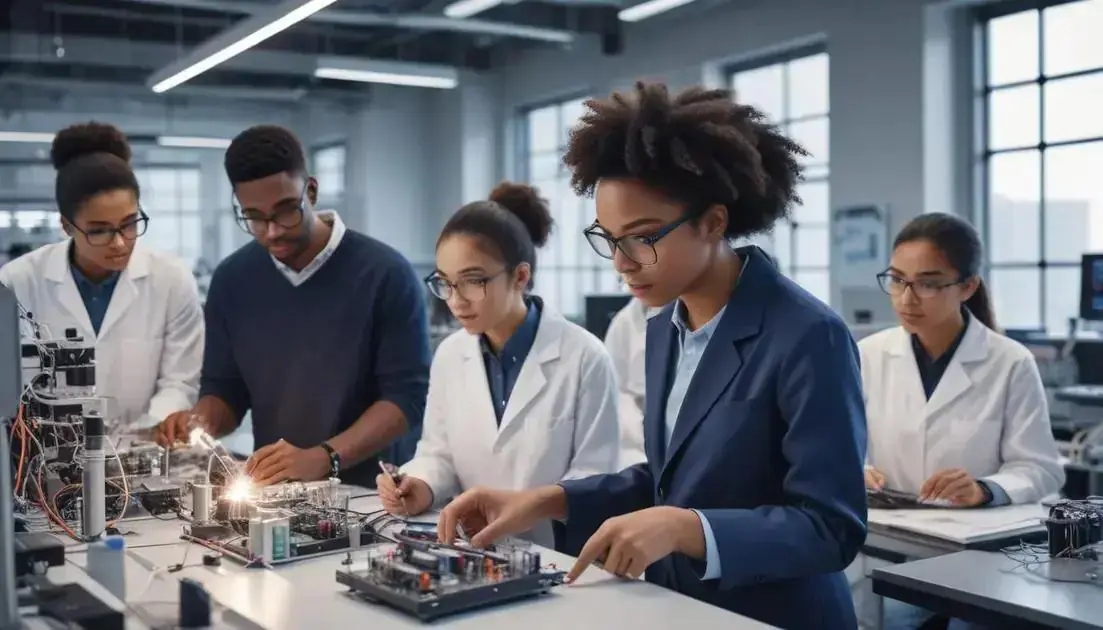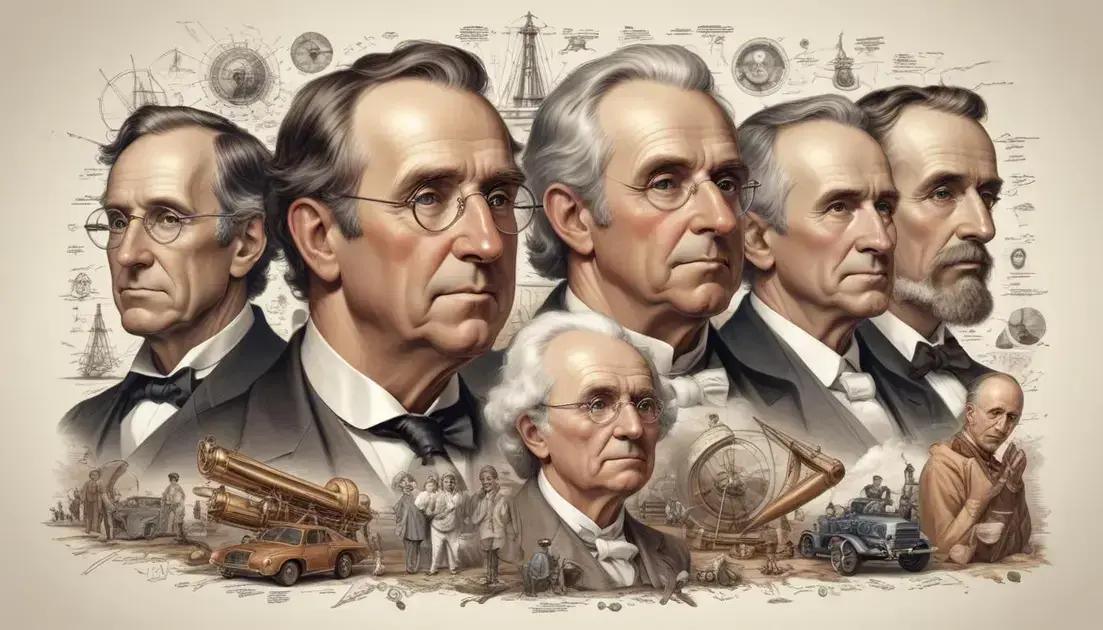Digital Art: Pixels, AI and Creativity Without Borders
The future of digital art is characterized by limitless creativity and innovation. As technology continues to advance, artists are expanding their boundaries, using tools like artificial intelligence and virtual reality to create unique and immersive experiences. This evolution not only promotes collaboration among artists worldwide but also enhances accessibility, allowing diverse voices to share their work. Digital art’s integration with new media opens up exciting possibilities, ensuring a vibrant and engaging artistic landscape for the future.Digital Art is shaking up the way we think about creativity! We’re entering an age where technology merges seamlessly with imagination, what does that mean for creators?
Introduction to Digital Art
Digital art opens up exciting new worlds for creators everywhere. With just a computer and some software, anyone can create stunning works of art. You don’t need to be a traditional artist anymore. Today, pixels and AI tools are here to empower your creativity.
Creating art digitally means using technology as your canvas. It could be anything from drawing on a tablet to manipulating photos with software. What’s great is that there are endless possibilities. You can explore different styles, replicate traditional techniques, or invent entirely new ones.
How Digital Art is Changing Creativity
With digital art, artists can experiment freely without wasting materials. Want to try a new color? Just click! Made a mistake? No problem, you can undo it instantly. This ease of use encourages more people to try their hand at art.
The Impact of AI on Digital Art
Artificial Intelligence is also transforming the landscape of digital art. Tools powered by AI can help artists generate new ideas or even create artworks from scratch. Some artists collaborate with AI to push their creativity further than they thought possible.
Lastly, digital art is more accessible than ever. Artists can share their work online, reaching audiences around the globe. This opens doors for feedback, collaboration, and even selling their pieces. In this digital age, creativity knows no boundaries.
The Role of AI
AI plays a huge role in the world of digital art. Artists now have tools that enhance creativity and efficiency. With AI, creating art can be faster and more fun. It helps artists explore new styles or refine their techniques.
One exciting feature is AI’s ability to generate art. Programs can analyze thousands of images and create new ones based on patterns. This means artists can collaborate with AI, blending their ideas with machine-generated inspiration.
AI can also assist in editing. Imagine you’re working on a piece and want to change colors. Some tools can suggest color palettes based on your style. This can save time and spark fresh ideas.
Personalization and Customization
Another great aspect of AI is personalization. Artists can tailor AI tools to match their unique styles. This means the AI learns what you like and provides suggestions that fit.
Additionally, AI can offer techniques that some might not consider. For example, it can recommend different styles or compositions to experiment with. This opens up a world of creative possibilities.
By using AI, artists can focus more on the fun parts of creating. Less time is spent on tedious tasks. Instead, they can dive into the heart of their artistic vision.
Pixels and Their Meanings
Pixels are the building blocks of digital art. Every image you see on screens is made up of tiny squares called pixels. Each pixel carries color information. Together, they form the images we love.
Understanding pixels is important for artists. The resolution of an image determines how many pixels it contains. Higher resolution means more pixels, which usually results in sharper images. This is why digital artists pay attention to resolution when creating artwork.
When working with pixels, colors can blend in exciting ways. Artists often use color theory to select palettes. This helps create mood and harmony in their pieces. A well-chosen color palette can make or break an artwork.
How Pixels Affect Artwork
Each pixel plays a role in the overall composition. When zoomed in, you can see the individual pixels, but when viewed from afar, they form a stunning image. This is the magic of digital art!
Digital artists use techniques like pixel art to create retro-style images. This style emphasizes individual pixels for a nostalgic look. It takes skill to make something beautiful with such limitations.
In summary, pixels can transform creativity. They allow artists to express their unique visions. By manipulating pixels, artists not only create images but also tell stories through their art.
Creativity Without Boundaries
Creativity Without Boundaries perfectly describes the spirit of digital art. With technology at our fingertips, artists can explore limitless possibilities. No longer are they restricted by traditional methods. This freedom unlocks new styles and techniques.
Digital platforms allow artists to mix different mediums easily. They can combine photography, painting, and even 3D modeling in unexpected ways. This blending often results in unique pieces that surprise and engage viewers.
Thanks to online communities, artists can share their work and inspire each other. Social media and galleries showcase diverse art forms. This encourages everyone to push their creative limits.
Why Boundless Creativity Matters
The idea of creativity without boundaries fosters innovation. It encourages artists to experiment and take risks. When they step outside their comfort zones, new ideas emerge. For many, this is where the magic happens.
Moreover, digital art reaches more people than ever before. Artists can create and sell their work online, breaking the barriers of geography. Anyone with an internet connection can access a world of art.
In this imaginative space, artists use tools that adapt to their needs. Whether it’s software for sketching or apps for animation, the options are endless. The journey of creation has never been more exciting.
Future of Digital Art
The future of digital art is bright and full of exciting possibilities. As technology advances, artists have more tools at their disposal. These tools enable them to experiment and create like never before.
One trend is the rise of immersive art experiences. Virtual reality (VR) allows viewers to step into artworks. Imagine walking through a painting or experiencing a sculpture in 3D. This blend of art and technology creates a deeper connection for the audience.
Another growing area is AI-generated art. Artists are increasingly using AI to assist in their creative processes. This can lead to unique styles that blend human creativity with machine efficiency.
Accessibility and Collaboration
The future also promises greater accessibility for artists everywhere. With online platforms, anyone can share their work globally. This opens the door for collaboration across borders and cultures. Artists can work together on projects that blend different perspectives.
Community-driven projects are gaining popularity. Artists can collaborate and build on each other’s ideas. This spirit of sharing leads to innovative art forms that might not have existed otherwise.
Ultimately, the future of digital art will continue to evolve. Artists will keep pushing boundaries, exploring new technologies, and finding fresh ways to express themselves. The journey of digital art is just beginning!
Conclusion
In conclusion, the world of digital art is evolving rapidly, offering endless possibilities for artists and creators. With advancements in technology, artists can explore new styles and techniques that were once unthinkable. From collaborative projects to immersive experiences, the future is filled with exciting opportunities.
As artists continue to push the boundaries of creativity, they inspire others to do the same. The combination of human imagination and technology allows for unique creations that engage audiences worldwide. Embracing these changes and innovations will be key for anyone involved in digital art.
Ultimately, the journey through digital art is just beginning. By welcoming new ideas and tools, artists can shape a vibrant and inclusive future for themselves and their communities. The best is yet to come, so let your creativity soar!


